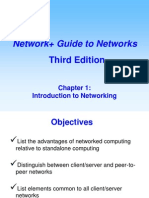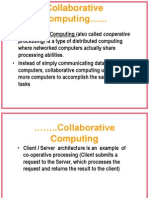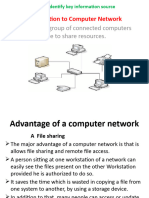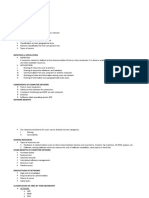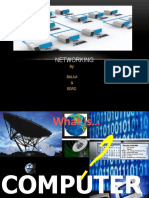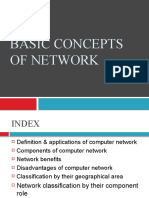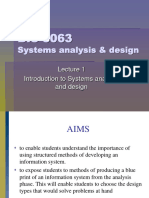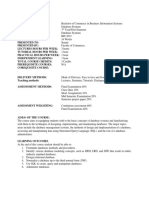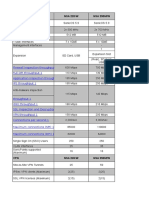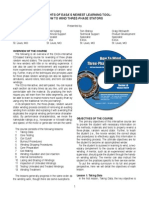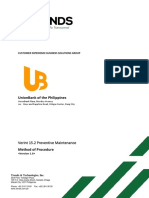0% found this document useful (0 votes)
26 views46 pagesNetworking
The document discusses networking concepts including peer-to-peer and client-server networks, LANs, MANs and WANs, common network elements, and how networks are used for file sharing, printing, access, and communications services like email.
Uploaded by
w55fv64q55Copyright
© © All Rights Reserved
We take content rights seriously. If you suspect this is your content, claim it here.
Available Formats
Download as PDF, TXT or read online on Scribd
0% found this document useful (0 votes)
26 views46 pagesNetworking
The document discusses networking concepts including peer-to-peer and client-server networks, LANs, MANs and WANs, common network elements, and how networks are used for file sharing, printing, access, and communications services like email.
Uploaded by
w55fv64q55Copyright
© © All Rights Reserved
We take content rights seriously. If you suspect this is your content, claim it here.
Available Formats
Download as PDF, TXT or read online on Scribd
/ 46


















